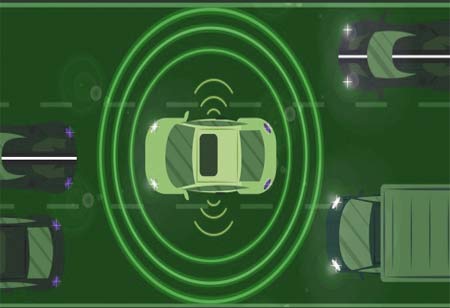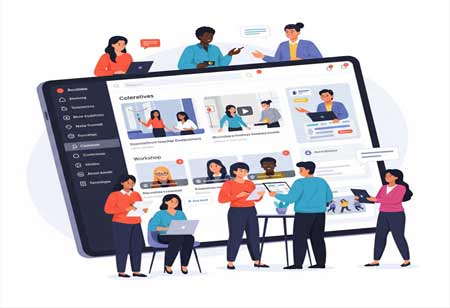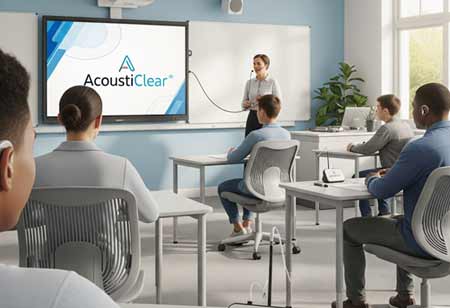THANK YOU FOR SUBSCRIBING
Be first to read the latest tech news, Industry Leader's Insights, and CIO interviews of medium and large enterprises exclusively from Education Technology Insights
Embracing the Future by Leveraging Digital Classrooms in Schools
Integrating digital technology into education has created digital classrooms. The paradigm shift promises to revolutionize how students learn and educators teach

By
Education Technology Insights | Wednesday, February 07, 2024
Stay ahead of the industry with exclusive feature stories on the top companies, expert insights and the latest news delivered straight to your inbox. Subscribe today.
The shift towards digital classrooms is a transformative step towards an effective educational system.
FREMONT, CA: Integrating digital technology into education has created digital classrooms. The paradigm shift promises to revolutionize how students learn and educators teach. The traditional classroom is transforming in an era characterized by rapid technological advancement. Digital classrooms provide a dynamic learning environment that engages students in a manner that conventional methods often struggle to achieve. Interactive educational tools, multimedia presentations, and virtual simulations capture students' attention and cater to various learning styles. Interactive platforms foster a deeper understanding of subject matter by tailoring content to individual needs.
Students have access to a wide range of educational resources on the internet, and digital classrooms provide students with the means to tap into this vast repository. E-books, articles, videos, and interactive tutorials are just a click away, enabling students to explore topics more deeply. The wealth of resources enriches their learning experience and encourages self-directed inquiry. One size does not fit all when it comes to education. Digital classrooms offer the flexibility to adapt content and pace to suit each student's unique needs and abilities. Through adaptive learning platforms and personalized assignments, educators can identify areas where individual students may require additional support or challenges. The tailored approach fosters a more inclusive and effective learning environment.
Digital classrooms transcend physical boundaries, allowing seamless collaboration between students, educators, and experts worldwide. Online discussion forums, collaborative projects, and real-time feedback facilitate communication and teamwork. Such experiences enhance critical thinking and problem-solving skills to prepare students for the collaborative nature of the modern workplace. Digital classrooms offer sophisticated assessment tools that provide timely and detailed feedback to both students and educators. Automated grading systems streamline the evaluation process, allowing teachers to focus on providing insightful feedback and targeted interventions. The timely feedback loop empowers students to take ownership of their learning and make necessary improvements.
Environmental sustainability is one of the benefits of digital classrooms, which is their positive impact on the environment. Schools can significantly decrease their ecological footprint by reducing the need for physical textbooks, workbooks, and other paper-based materials. Digital classrooms promote a culture of sustainability by instilling responsible digital citizenship habits in students. In today's rapidly evolving job market, digital literacy is no longer a mere advantage but a necessity. Digital classrooms equip students with the technical skills and digital fluency required to thrive in the 21st century. Familiarity with various software, online research methods, and digital collaboration tools prepares students to excel in an increasingly technology-driven world.







